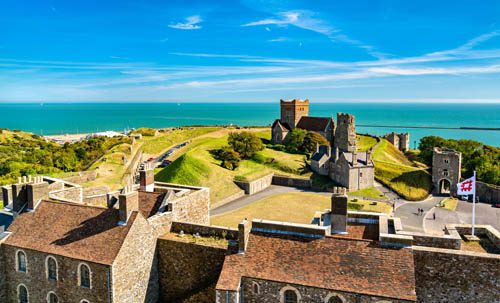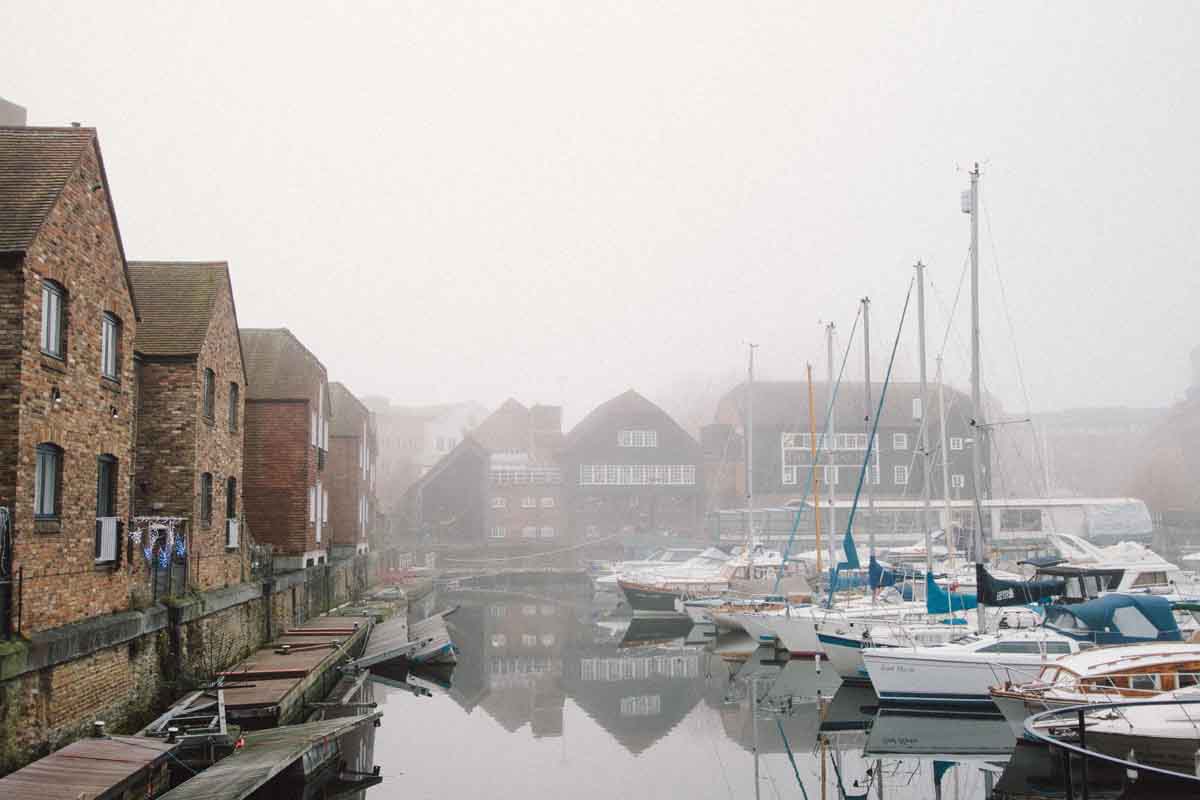
How Kent’s Historic Coastal Buildings Shaped Its History
Have you ever looked out over the English coastline and wondered about the history behind it? If you’ve visited Kent, you may have spotted the


Have you ever looked out over the English coastline and wondered about the history behind it? If you’ve visited Kent, you may have spotted the

If you’re searching for an opener for your roof vent, skylight, or rooflight, it’s essential to understand the different types and features available to make

What do the NYC Public Library, the White House, and the Philadelphia Museum of Art have in common? You guessed it; they are all iconic

Step into any corner of Dublin, and you’ll quickly discover this city is filled with history. Whether you’re exploring Dublin Castle, the civic centre of

Adjustable rise and fall gutter brackets, designed for deep half-round cast iron guttering, offer a flexible solution for gutter installation on period properties. These brackets

Cast iron guttering site surveys and quotation visits offer a fantastic opportunity to address your initial questions and run you through which of our products

Adjustable rise and fall gutter brackets, designed for half-round cast iron guttering, offer a flexible solution for secure gutter installation. These brackets allow for precise

Poor gutter alignment or sagging is a significant cause of inadequately functioning rainwater systems; this, in turn, can result in the overflow of rainwater, the

Whether you call it a castle or a house, Croft Castle in Herefordshire is a majestic historic building with a rich and fascinating history. For

You’ve probably pondered why cast-iron gutters and pipes have been used for so long. This durable substance, which turns out to offer an extraordinarily potent

Have you ever wondered what the future holds for Britain’s watermills? Take a trip down memory lane and explore the history of these majestic landmarks.

Many of Scotland’s most iconic buildings have a unique look thanks to the age and material of their architecture. But many of these remarkable structures

If you want a place to soak in history and culture, look no further than the Georgian city of Bath. This World Heritage City is

This country has a long and fascinating maritime history, and there are some incredible places where you can experience it firsthand. From the coastal towns

Brett Martin Gutter Systems is renowned for its comprehensive range of guttering solutions, catering to various architectural styles and functional requirements. This article delves into

Have you ever wandered through a city, looking around in awe at its beauty? Are you fascinated by the history behind each building and how

The canals and waterways of Britain are a meandering testimony to the birth and evolution of Industrial Britain. From the start, these lakes, rivers, and

If you’ve ever stood atop a windswept hill and gazed at the vast expanse of Northumberland’s countryside, chances are you’ve seen a few of its

As the city of Gloucester rapidly developed during the industrial revolution, the need for a working dockyard became increasingly apparent. The docks were officially opened

St David’s is a Medieval Grade 1 listed church in Laleston, Bridgend, South Wales The current church was built on land granted by William Earl

Have you ever been to a castle? How about a castle that’s also a park? If not, then we highly recommend a visit to Dinefwr
Sales & Customer Services:
0333 987 4452
Tyn-Y-Clyn
Llanafarn Fawr
Builth Wells
Powys LD2 3LU
United Kingdom

Tuscan Foundry Products, Tyn-Y-Clyn, Llanafan Fawr, Builth Wells, Powys LD2 3LU, United Kingdom
© Tuscan Foundry Products 2022